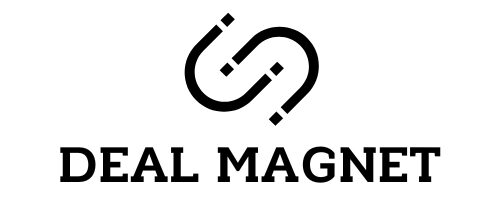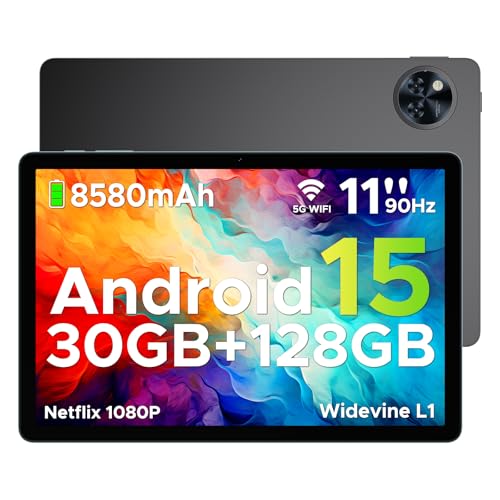“Dealmagnet.uk is a participant in the Amazon EU Associates Programme, an affiliate advertising programme designed to provide a means for sites to earn advertising fees by advertising and linking to Amazon.co.uk.”
Smart tablets have transformed the way we work, study, and entertain ourselves. These sleek, portable devices combine the convenience of a smartphone with the productivity of a laptop. Whether you’re a student looking for note-taking efficiency, a professional seeking portable productivity, or a parent buying a device for family use, a smart tablet can fit seamlessly into your lifestyle.
But with so many choices — varying in size, power, and features — it’s easy to feel overwhelmed. This comprehensive guide breaks down everything you need to know before buying a smart tablet, from essential specifications to pros and cons, user scenarios, and expert tips.
What to Consider Before Buying a Smart Tablet
1. Screen Size and Resolution
The screen is central to your tablet experience.
- Small (7–8 inches): Compact and lightweight, perfect for reading, casual browsing, and travel.
- Medium (9–11 inches): Great balance for entertainment and productivity.
- Large (12+ inches): Excellent for multitasking, creative work, and professional use.
Resolution guide:
- HD (1280×800): Basic clarity, suitable for simple tasks.
- Full HD (1920×1080): Sharp visuals for movies and browsing.
- QHD or 4K: Best for design work, editing, or users who want crystal-clear detail.
2. Performance: Processor and RAM
Your tablet’s performance determines how smoothly it runs apps and multitasks.
- Entry-level tablets: Quad-core processors, 2–3GB RAM, best for light tasks.
- Mid-range tablets: Octa-core processors, 4–6GB RAM, handle multitasking well.
- High-end tablets: Advanced chipsets, 8–16GB RAM, designed for gaming, editing, and professional use.
3. Storage Options
Storage determines how much content you can keep on your tablet.
- 32–64GB: Works for light users (eBooks, a few apps).
- 128–256GB: Great for students and professionals storing documents, apps, and videos.
- 512GB–1TB: Suited for designers, photographers, or anyone with large files.
💡 Tip: Look for expandable storage (via microSD) if you want flexibility.
4. Battery Life
- Basic tablets: 6–8 hours of use.
- Mid-range tablets: Around 10 hours, enough for a full workday.
- Premium models: 12–14+ hours, perfect for travel and heavy usage.






